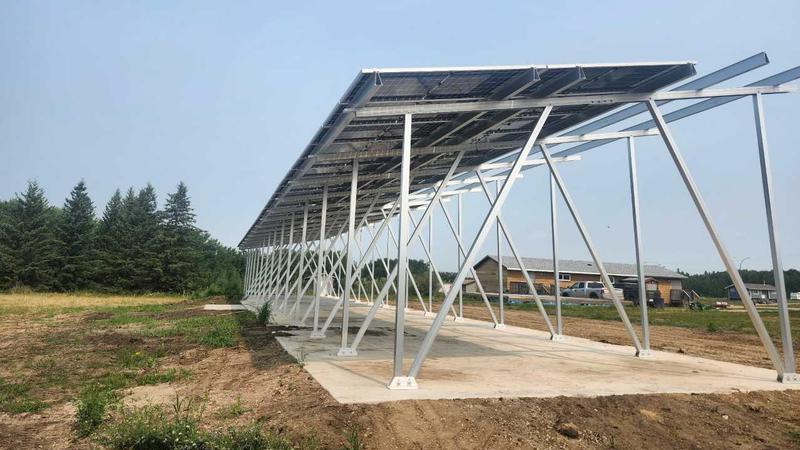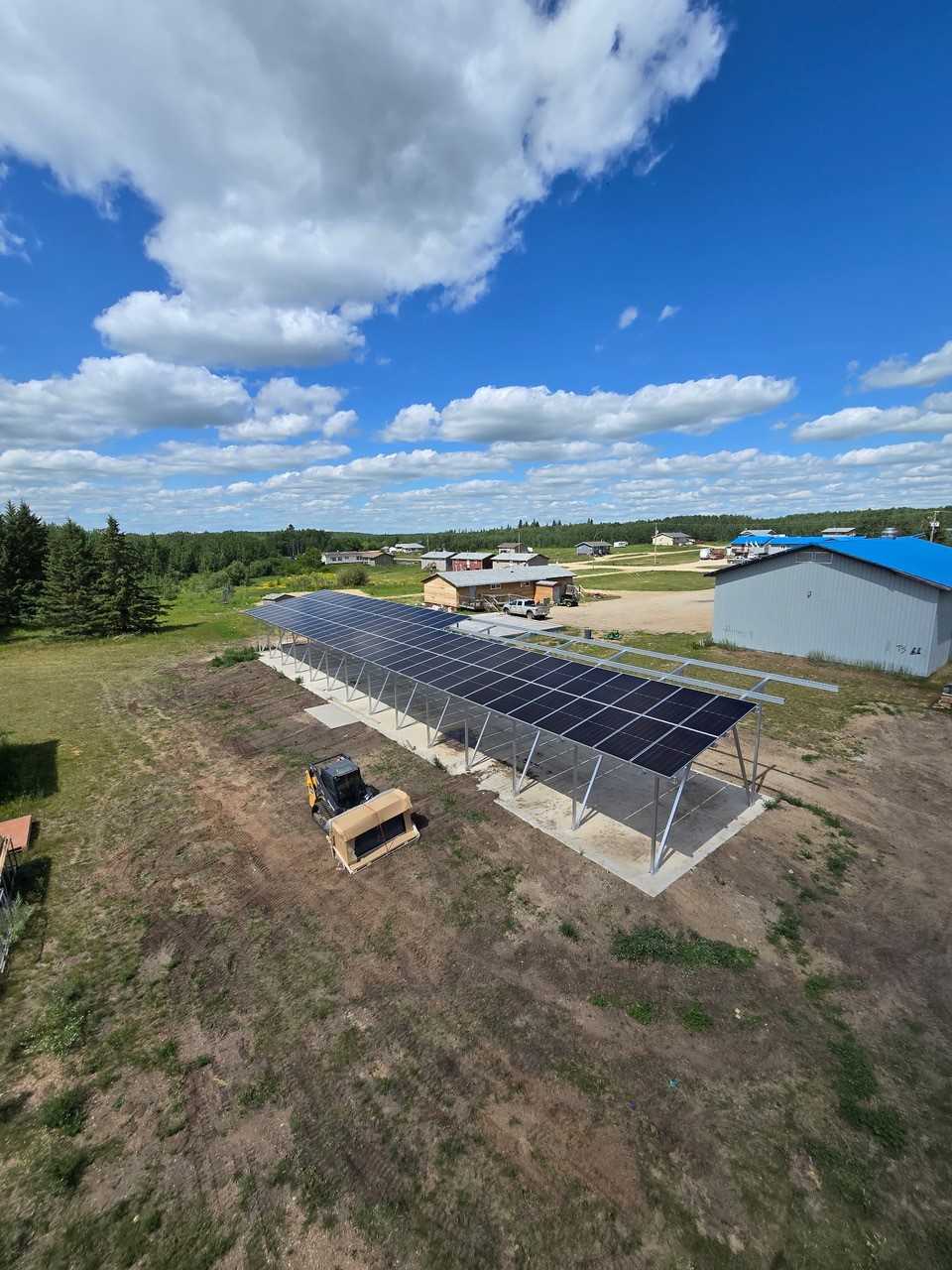
Kinistin Saulteaux Nation receives over $845k to build EV charging system
By way of the Low Carbon Economy Fund’s Indigenous Leadership Fund, the Government of Canada is supporting 13 Indigenous-led clean energy projects and that includes one in the northeast.
Kinistin Saulteaux Nation is receiving over $845,000 for its Kizis-Pimibizaowgamik project to build a charging system to power community EVs for local work and medical transportation.
“We definitely wouldn’t be able to do it without that grant, so obviously we’re very appreciative to be able to be chosen to receive the funds. We’re just really super appreciative to be able to have the opportunity to move forward with this project, and hopefully, it’ll be something that we can model for other nations to move towards green energy and healthier environments,” said Director of Economic Development and Major Projects, Simone Cote.
The project is a solar-powered charging station, so electric vehicles would be able to charge using solar power. There would also be a wind turbine added, so cars can charge in the winter, because there wouldn’t be enough sun.



